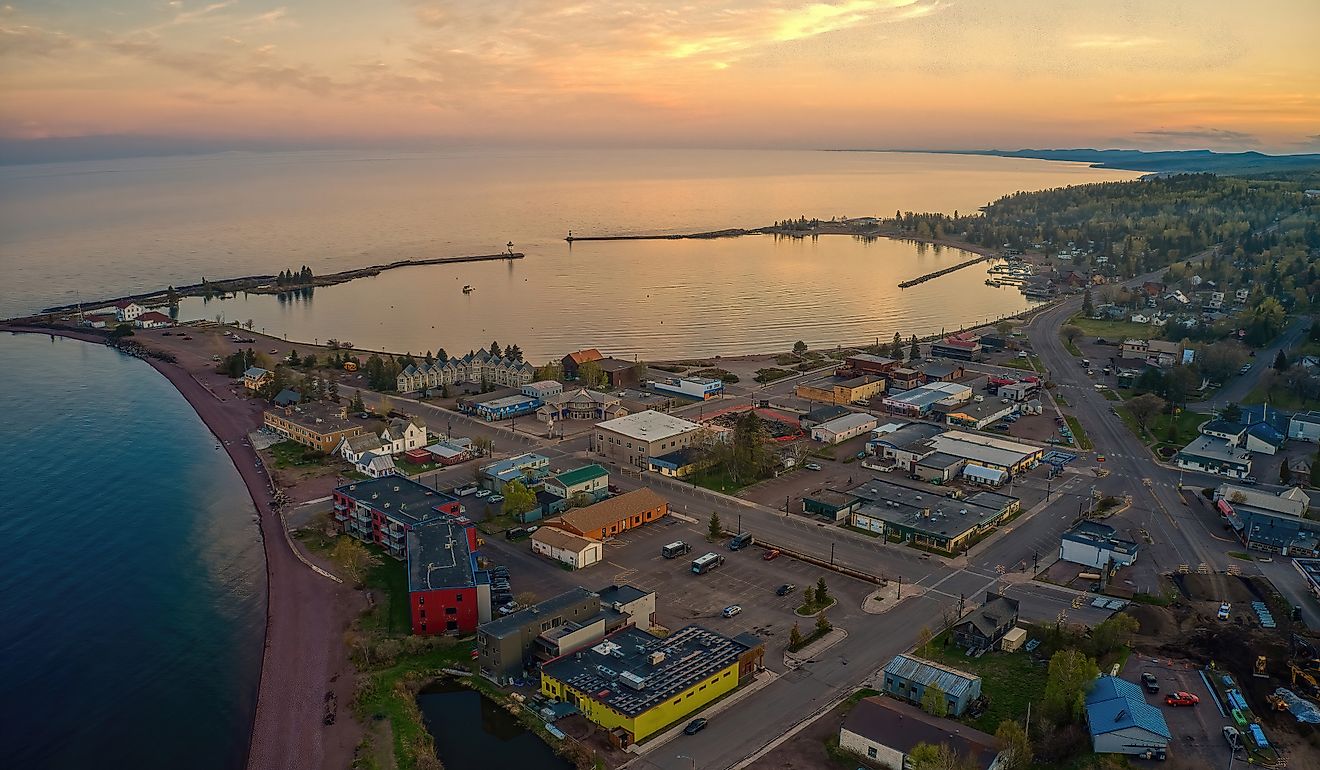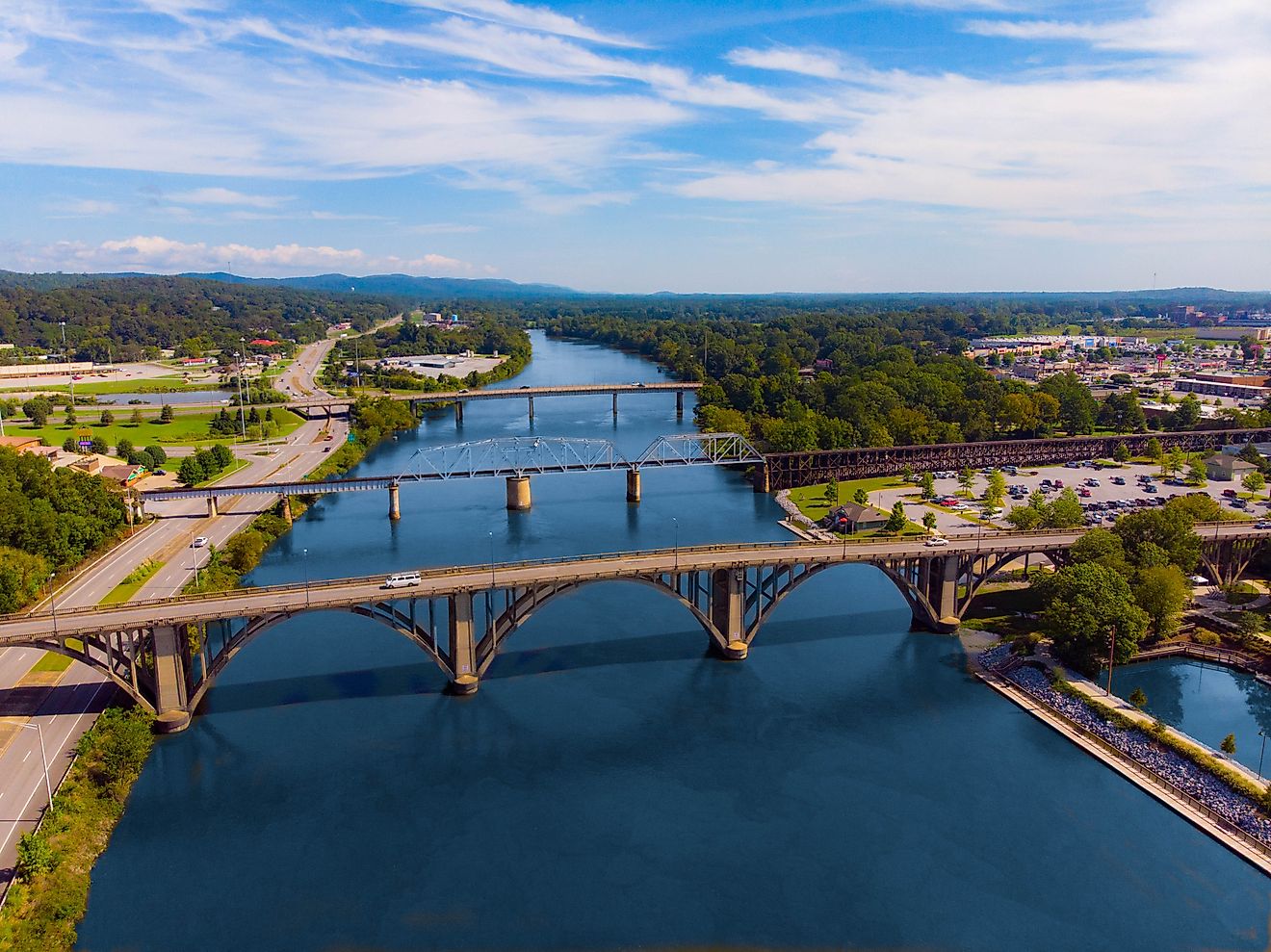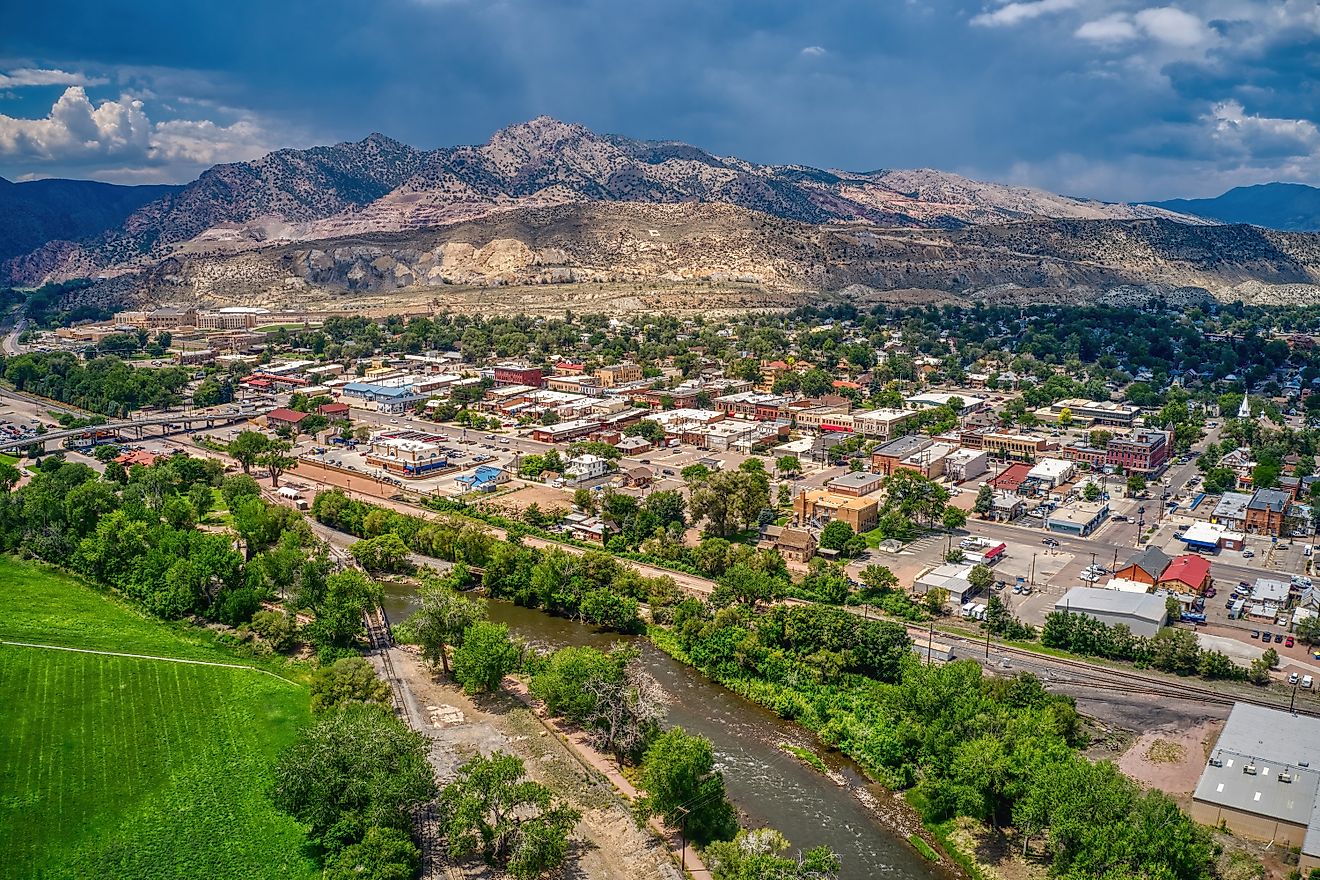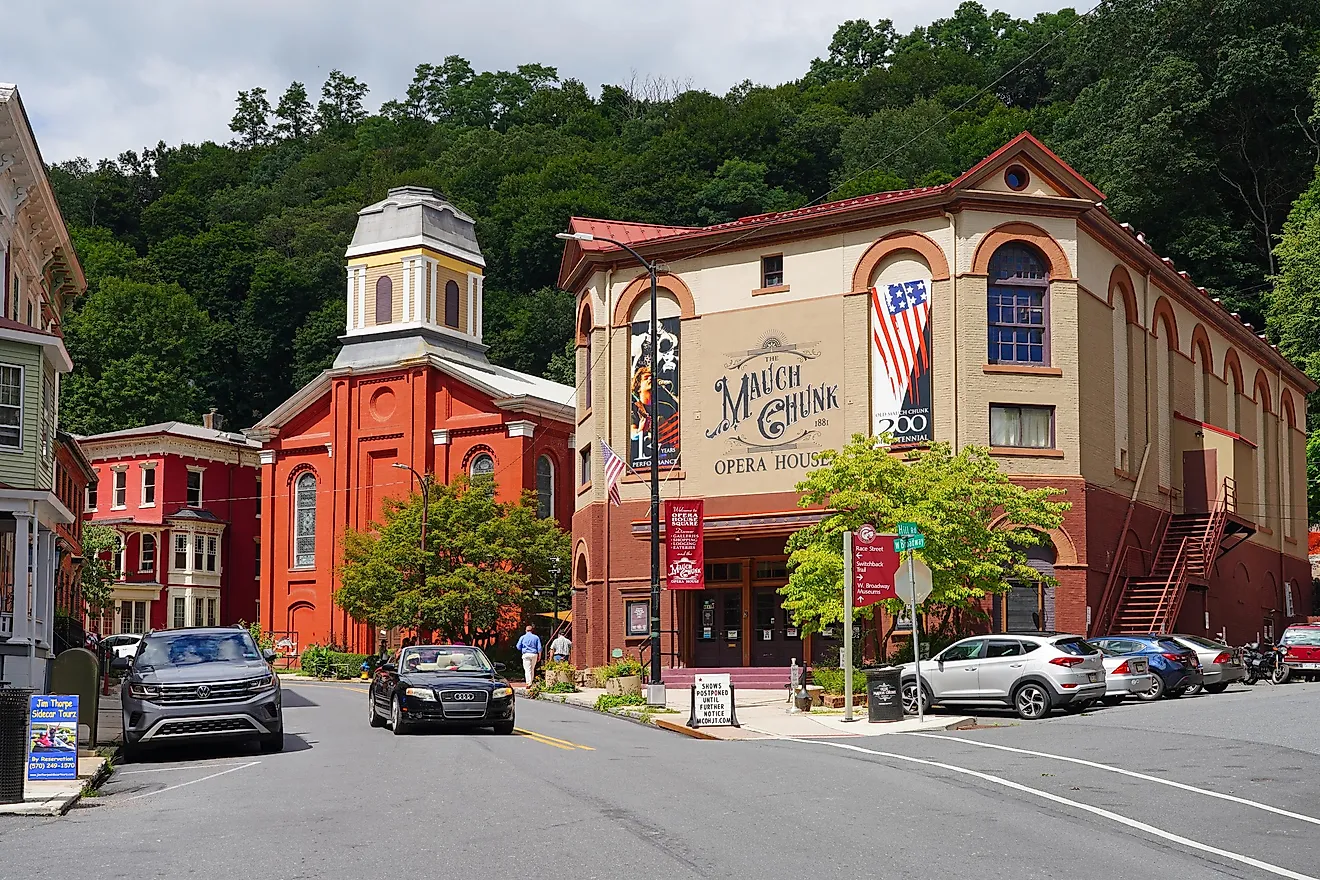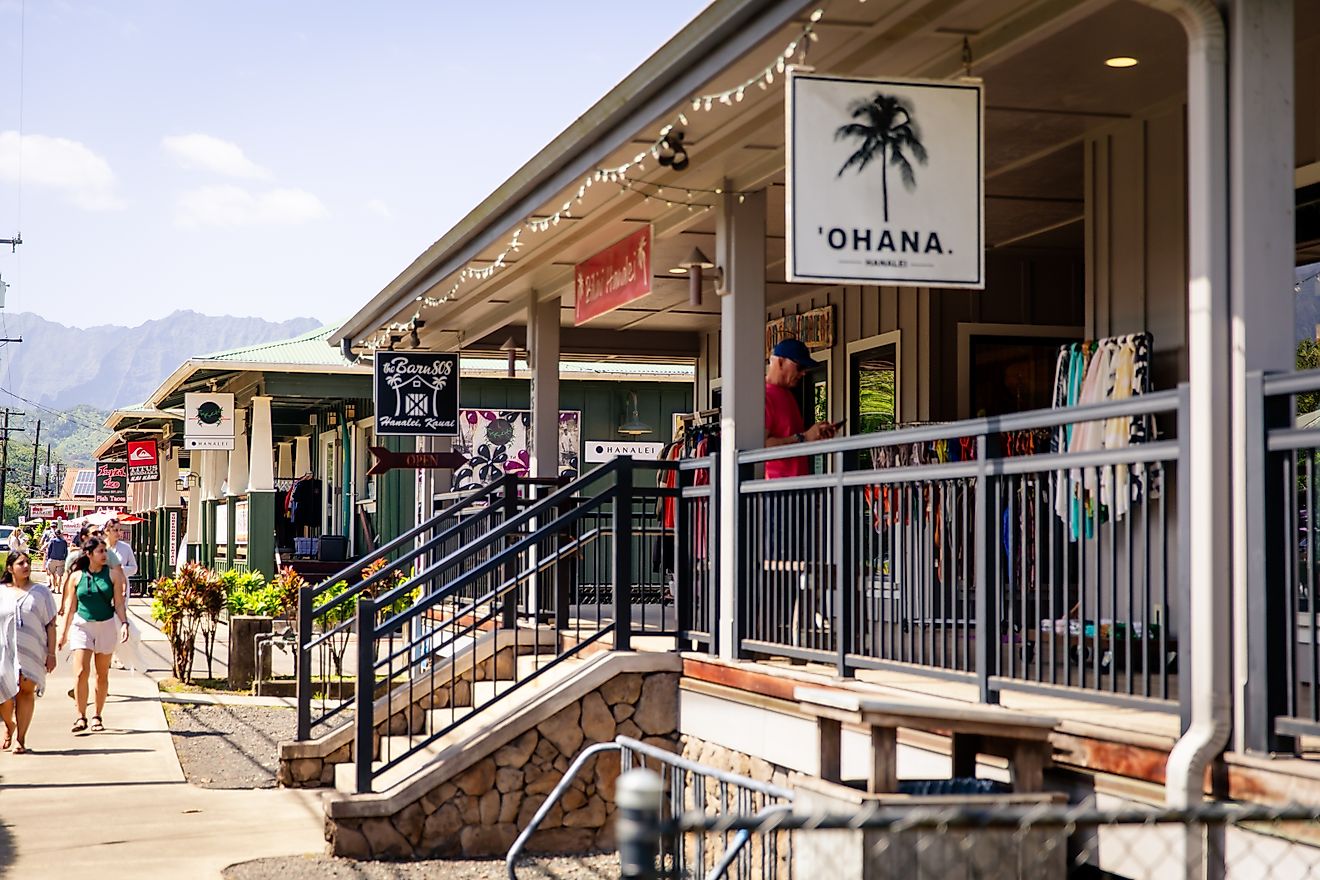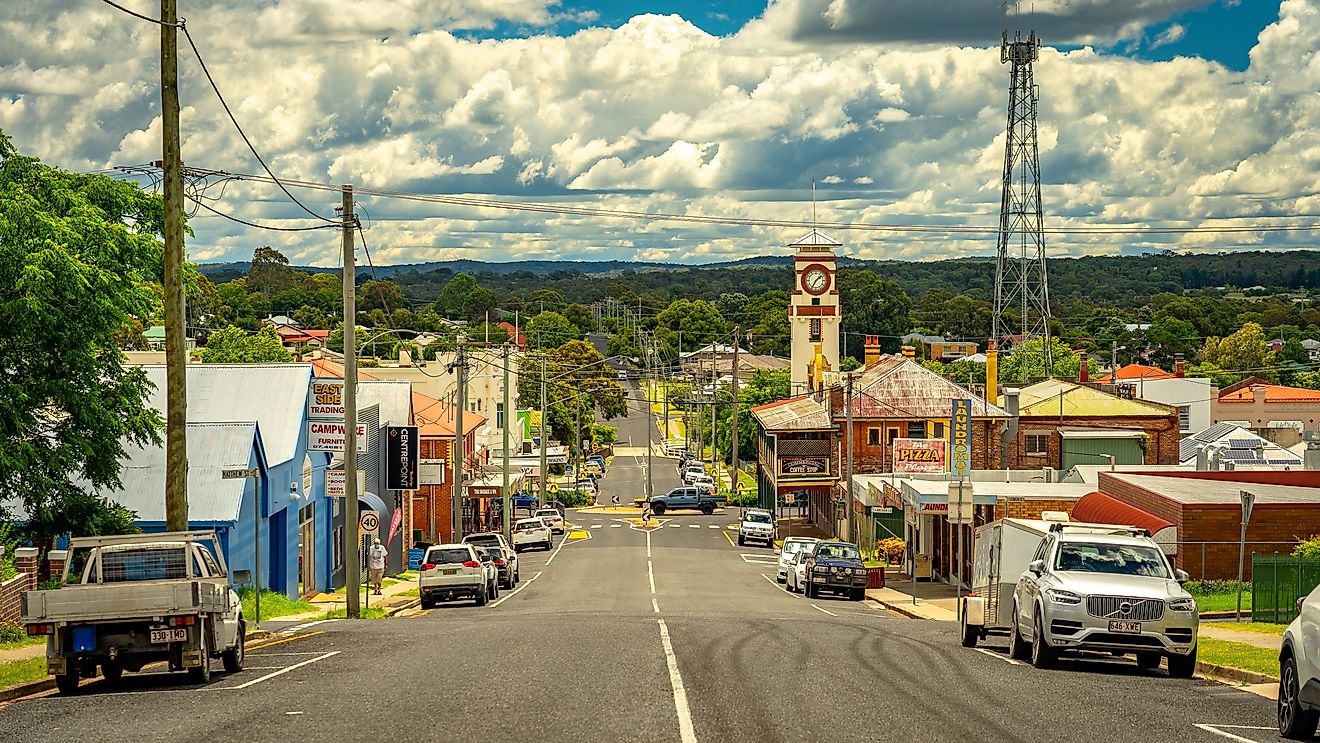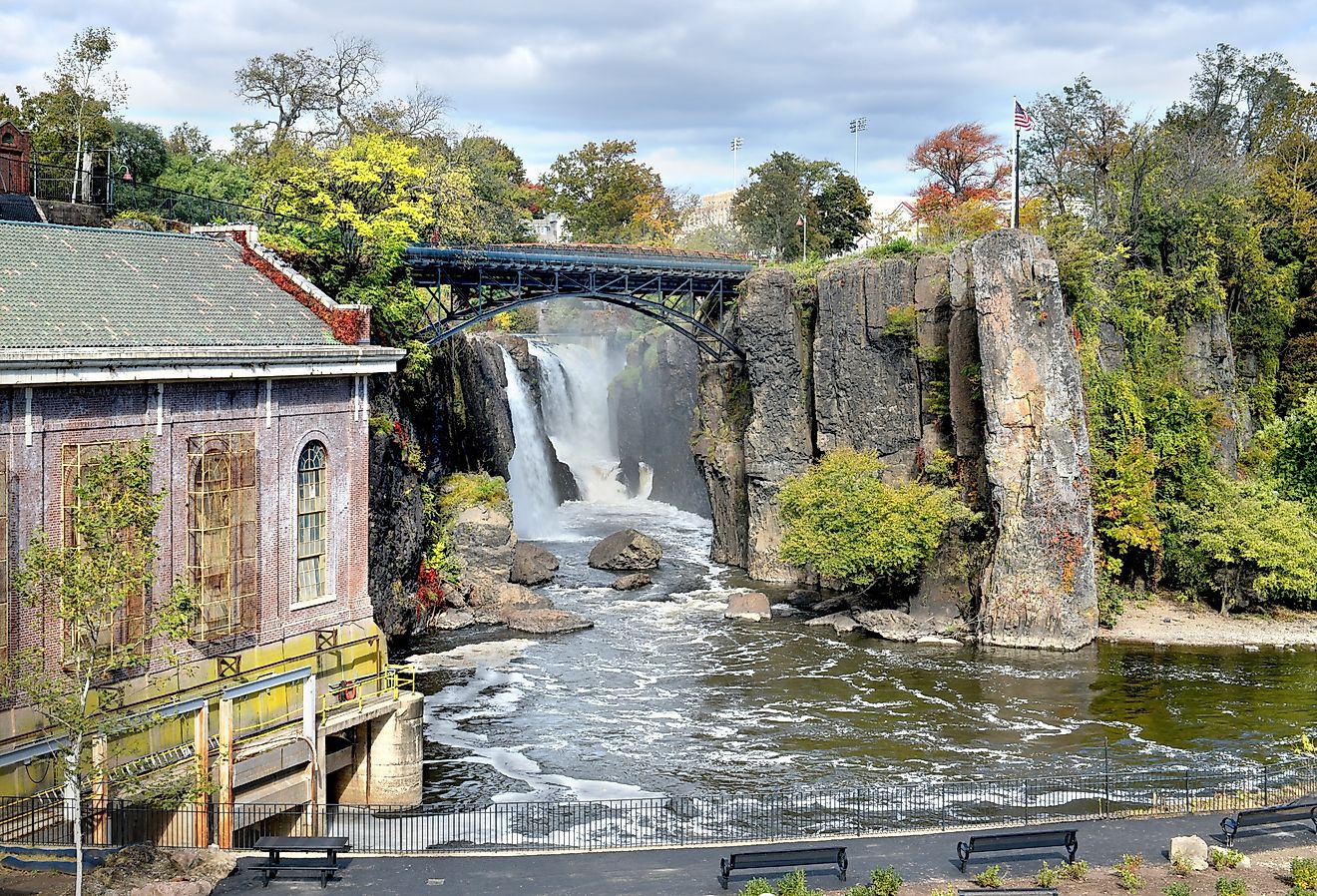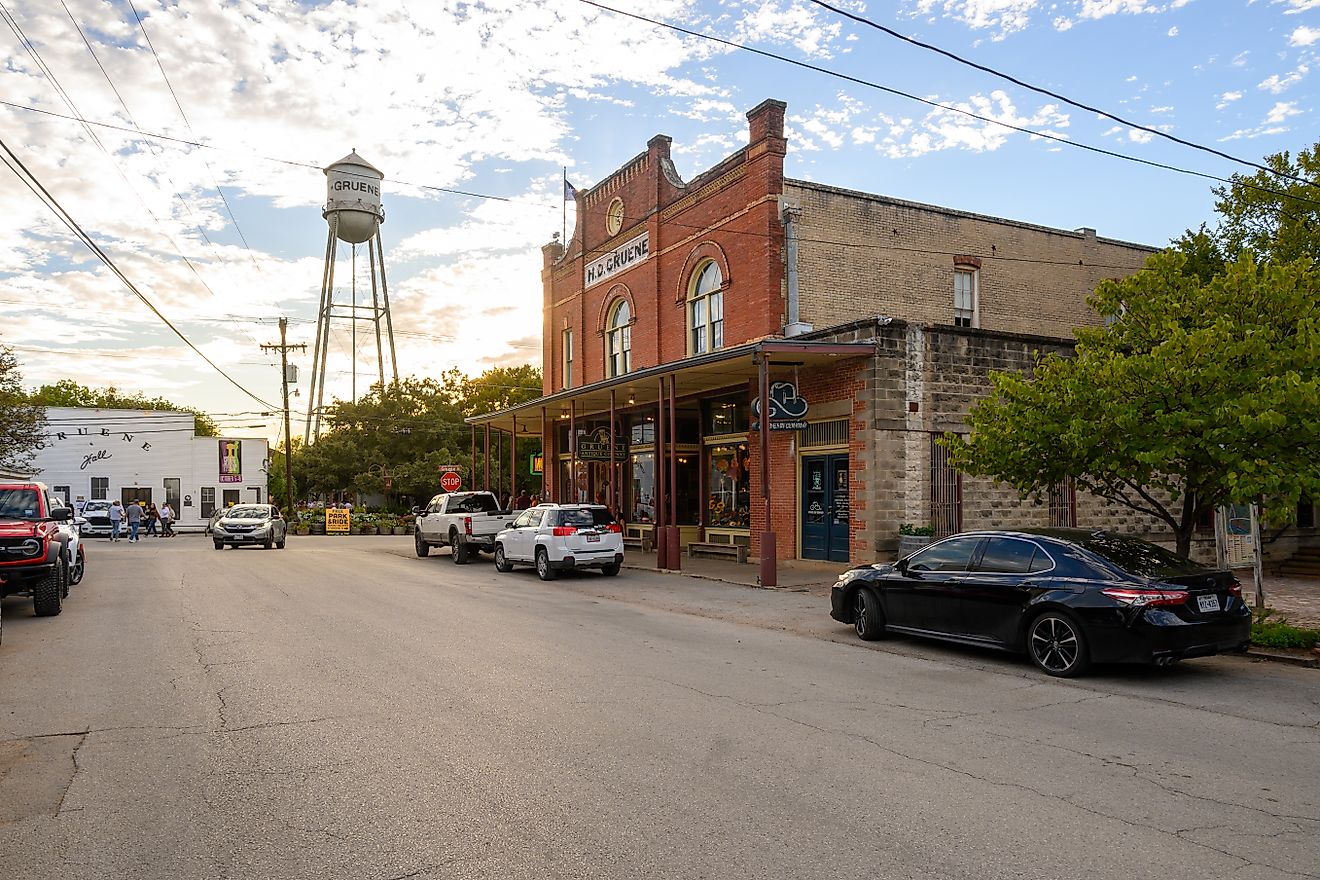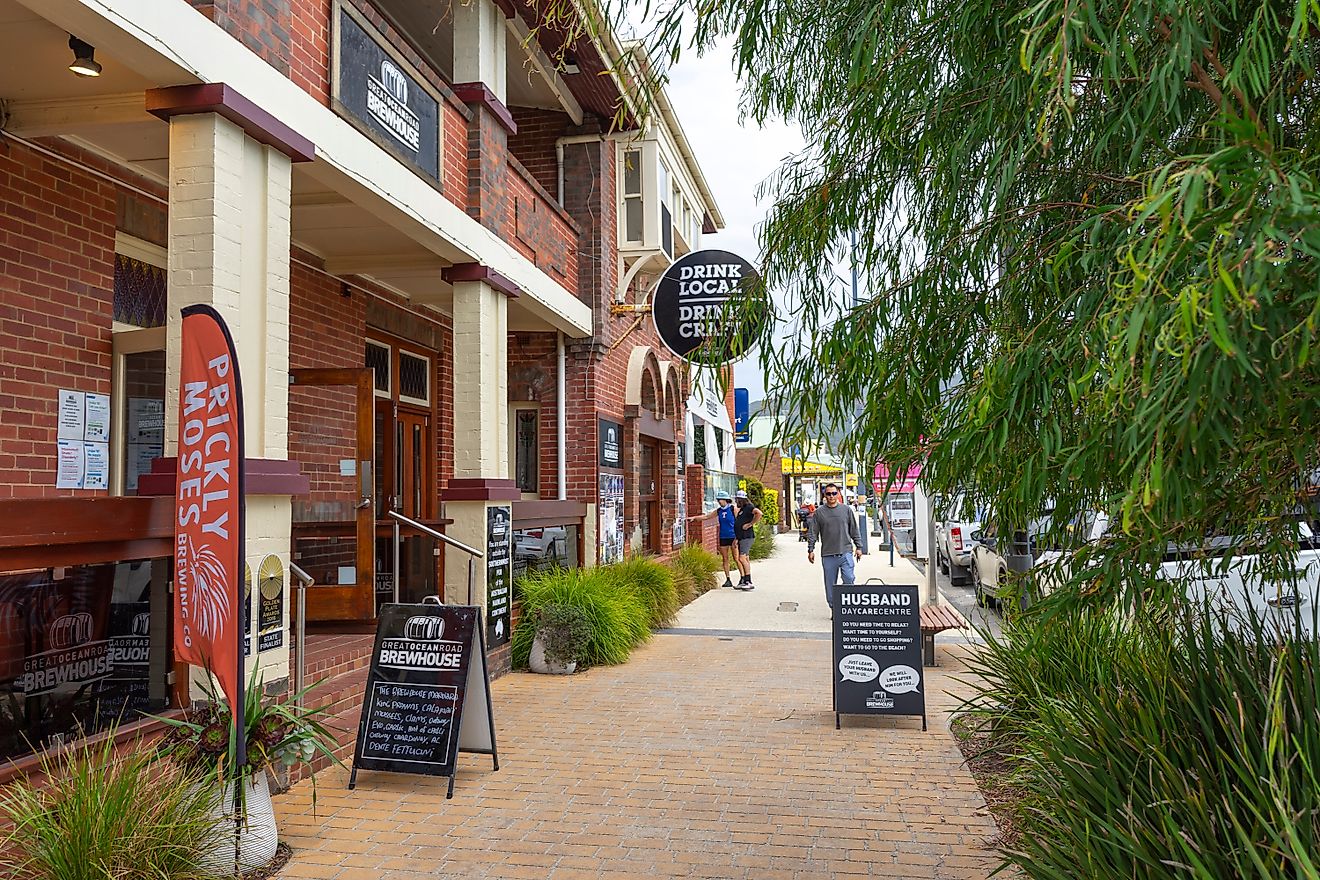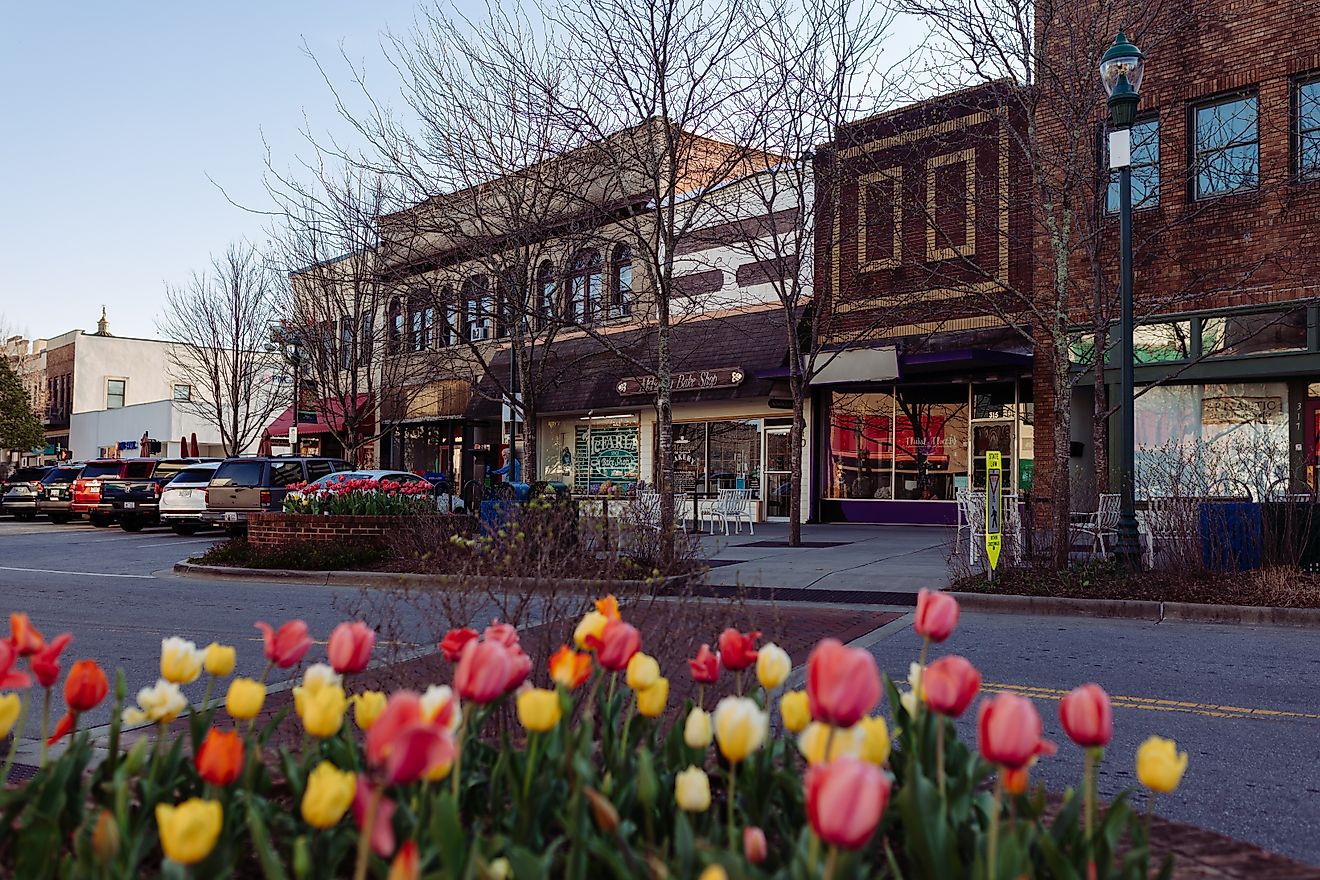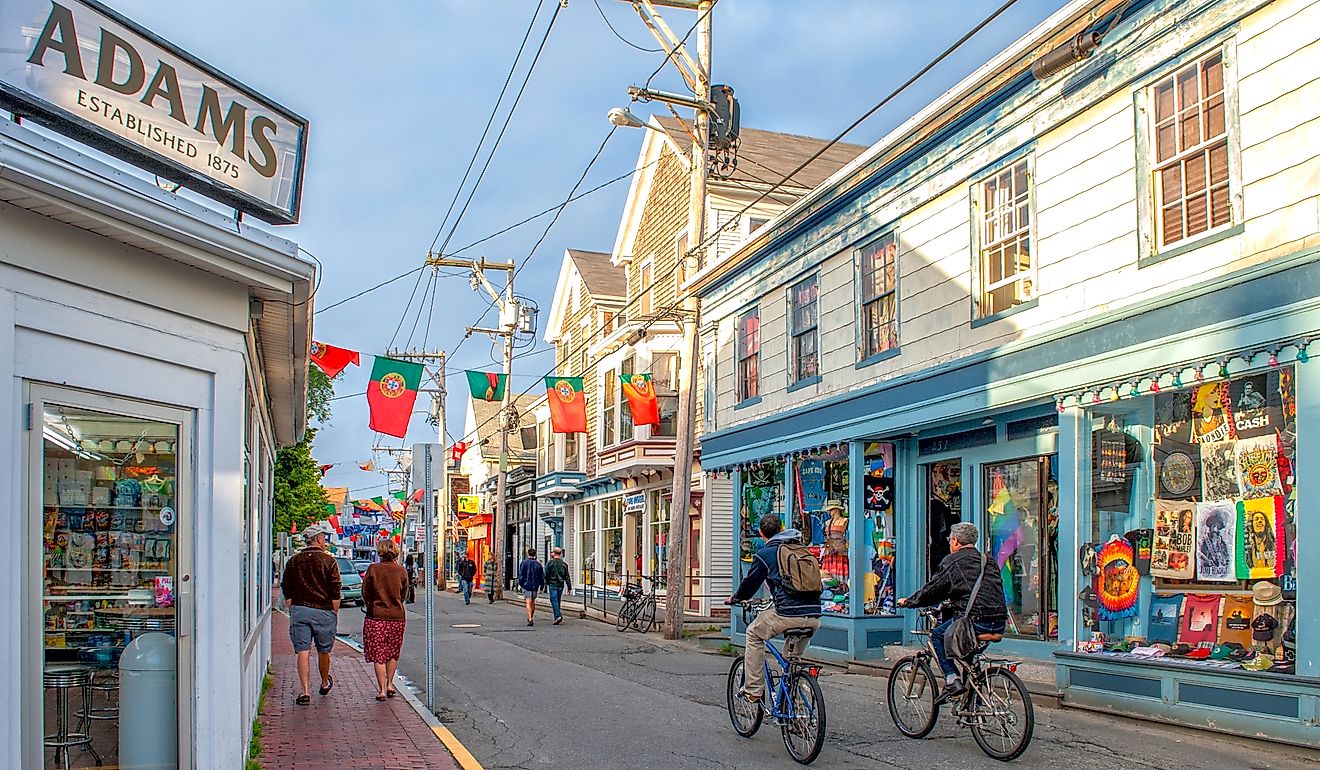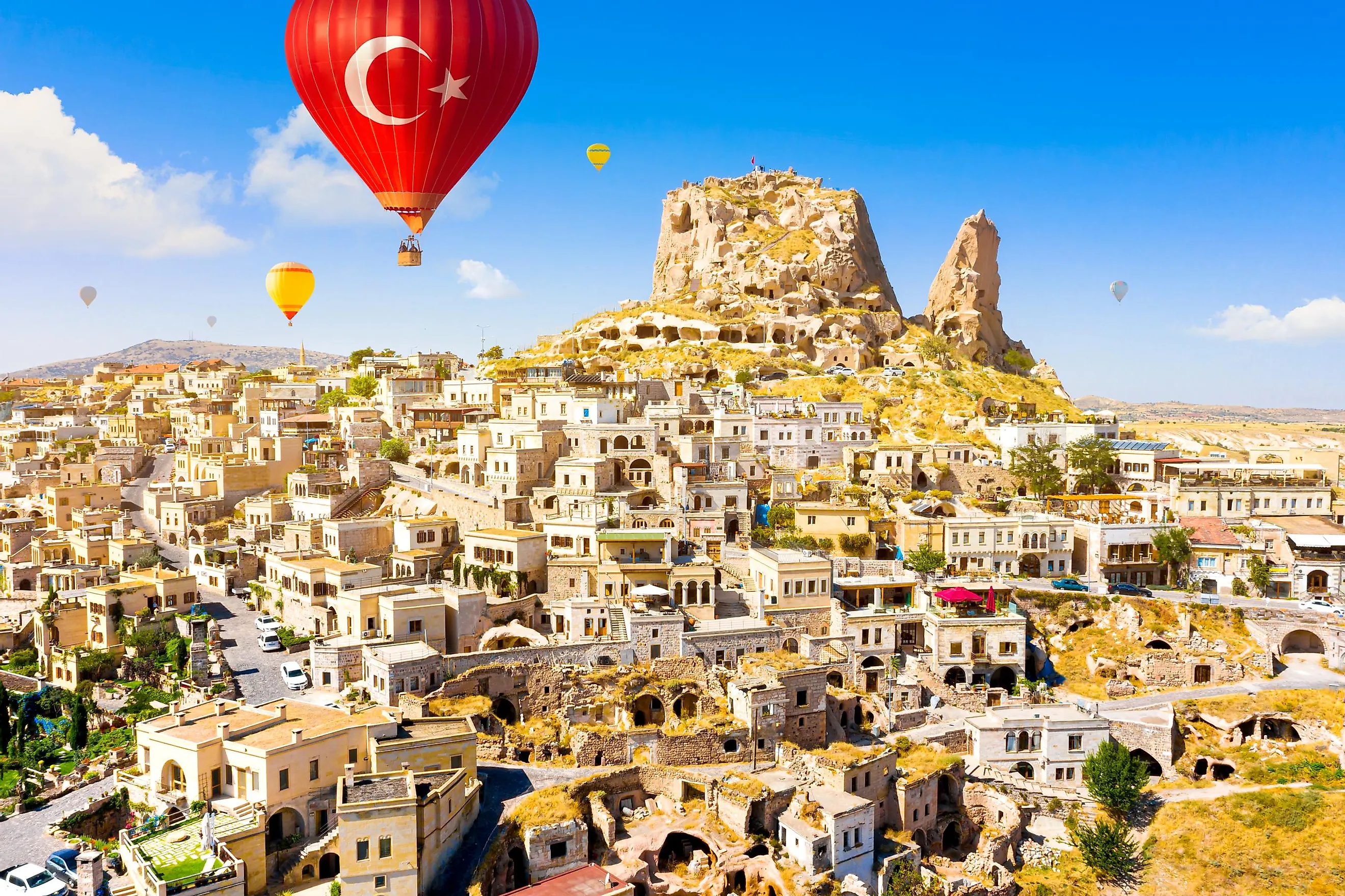
The Magical Underground Cities in Cappadocia, Turkey
Hidden beneath beautiful sights on the ground, Cappadocia in Turkey is home to a complex network of underground cities. Thousands of years old and massive in size, these cities are full of ancient architecture and provide us with an insight into the engineering of ancient times. With functional ventilation systems, unique establishments and even defensive design, these underground cities are a magical sight to behold.
That being said, mystery isn’t far back with this wonder and the cities are shrouded with conspiracy theories as to their residents, engineering, and much more. Even with many excavations and surveys conducted, it is still unknown how large this network is and what we may find within it. So, let’s learn about the magical underground cities in Cappadocia, Turkey!
Location And Geography Of The Underground Cities
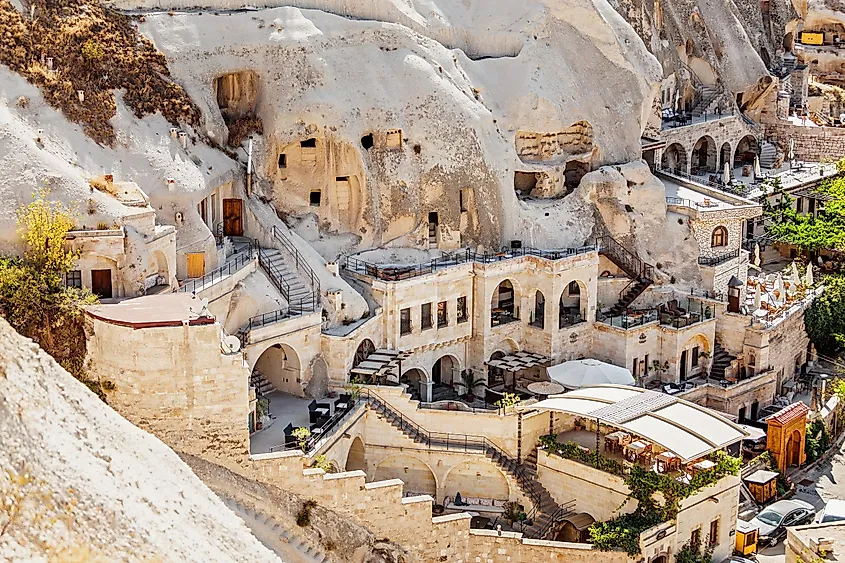
The underground cities are located in the Cappadocia region of Central Turkey. This region is known for its dynamic landscape which consists of volcanic mountains, soft tufa rock, and many unique rock structures known as “fairy chimneys” by the locals. Below all of this, the underground cities make up a large network of tunnels and chambers that span for kilometres in each direction.
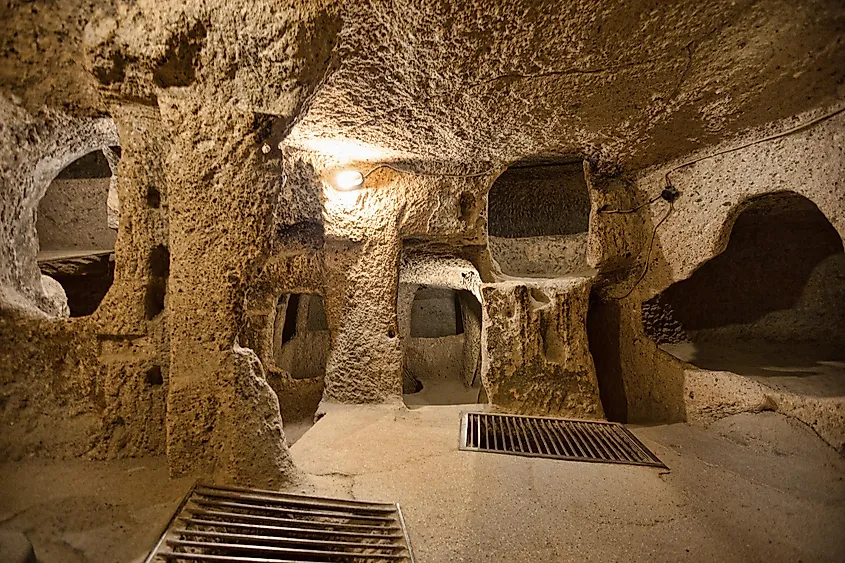
As of 2022, dozens of underground cities have been discovered with Derinkuyu being the largest at a depth of 85 metres below ground. Apart from Derinkuyu, some of the key cities within the network are:
- Tatlarin Underground City - One of the oldest known subterranean cities in the area, Tatlarin is comprised of 2 floors and can be found in the Acigol District.
- Ozluce Underground City - This city is 6 km west of Kaymakli town and is known for the 15 metre primary walkway which is made of rubble stone.
- Mazi Underground City - Mazi is located 10 km from Kaymakli and has a unique layout within the west slope of a village.
- Kaymakli Underground City - It is 20 km from the city of Nevsehir and has a total of 8 floors, with 4 of them being accessible to tourists.
That being said, a recent systematic survey of the region with seismic tomography utilised 33 measurements to estimate that the entire network was larger than 450,000 sq. metres and reached depths of up to 113 metres. If this information were to be accurate, this would suggest cities much larger than Derinkuyu which may be hiding secrets covered up by time!
History Of The Underground Cities
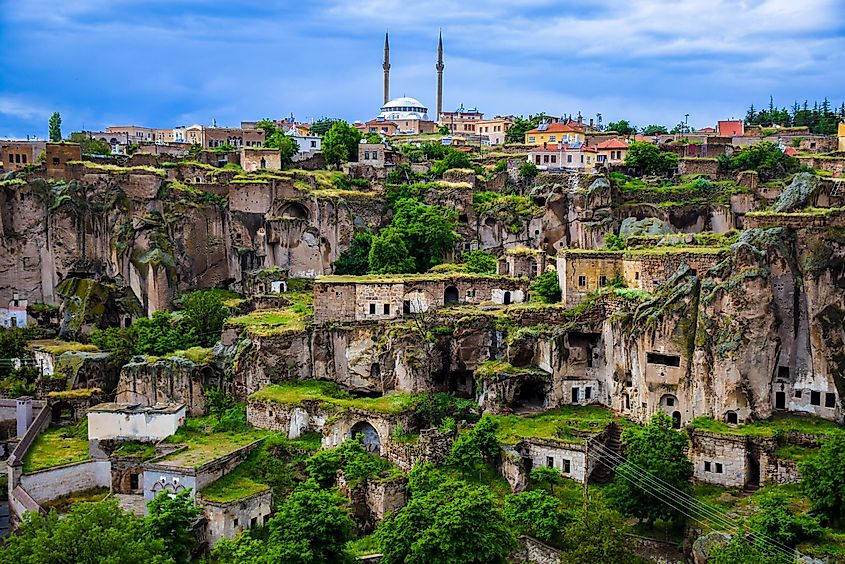
Parallel to the immense architectural skill and tourist wonder of these underground cities, they have also been known for their historical importance. With the earliest traces of the cities actually going as far back as the 8th century BC, it is believed that the caves were formed by the soft volcanic rock in the region. The initial habitats were believed to be the Phrygians who were close relatives of the Greeks. While they began living in the caves, their rapid fall gradually saw the caves come under true Greek control. Throughout this time, the caves were developed and many Greek inscriptions portray the building of multi-level structures and religious buildings.
Over the next centuries, this region shifted hands many times due to continuous conflict. At first, the caves were taken under Muslim Arab control during the Byzantine era and further developed into a network which connected multiple underground cities together. Shortly after this, during the 14th century, the cities were used by Christian natives as a site for temporary residences to hide from Mongolian incursions. Followed up by the Ottomans who also used the hidden cities for refuge, the underground network finally became home for the Cappadocian Greeks who were there till the 20th century, after which the tunnel systems were forgotten. It wasn’t until 1963 that the tunnels were rediscovered by mistake when a man found a hidden wall in his home, thanks to which they were subsequently opened to visitors.
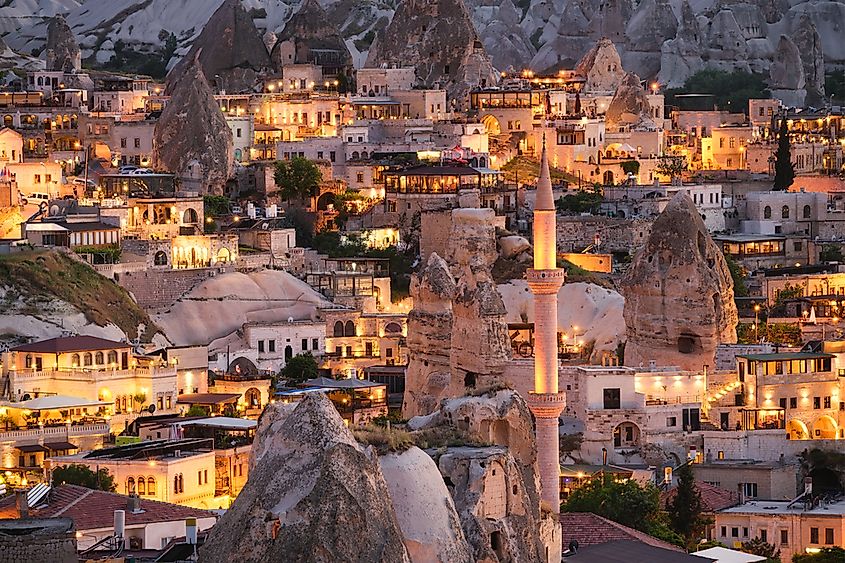
Throughout the thousands of years, these underground cities have existed, they have acted as an important source of refuge across religions and societies. Whether it was during the Ottoman Empire or for Christians fleeing persecution, these cities managed to hide tens of thousands and protected them from harm. Thus, the cities are often lauded for being well-hidden and defensively sound. That being said, with the network of cities being so large and ancient, many are still being unearthed with major cities such as Derinkuyu making up most of what we know. So, with such little evidence from when they were initially built, there is still much to be discovered when it comes to the tale of this hidden underground network.
Climate Of The Underground Cities
In terms of the climate of these underground cities, they tend to stay the same year-round. This is primarily due to the entire network being located 50-100 metres below ground and most visitable cities such as Derinkuyu having proper ventilation. So, while you may find feel the heat of the sun above ground, these cities rarely get hotter than 13°C. Moreover, with no direct access to the ground, there is no effect of precipitation on the massive underground network in Cappadocia.
Architecture In The Underground Cities
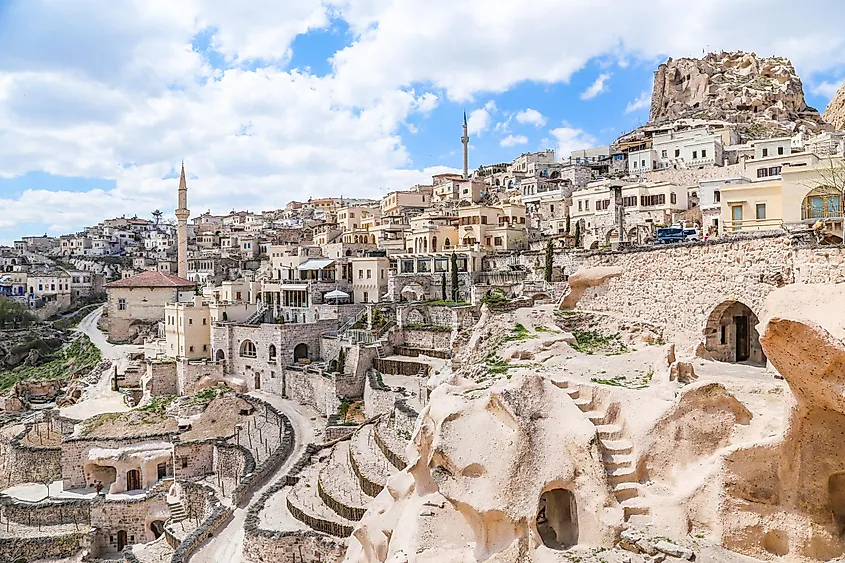
One of the most enticing factors about these underground cities is the immensely well-designed and intricate architecture that has gone into developing them. Given the time that these cities were developed and the fact that they are below ground, it is astonishing how aptly ancient societies were able to build structures. To shed some light on these masterpieces of ancient architecture, here are some facts about the largest known city in the network, Derinkuyu:
- The city has a ventilation system that consists of a large 55-metre-long shaft which goes above ground to act as a passageway for air, water, and more.
- Derinkuyu features various levels which are connected by vertical staircases to indicate smart use of the increased ceiling.
- There is a total capacity of 20,000 people and various establishments such as stables, cellars, chapels, and even schools for a functioning underground city.
- Each floor of the city could be individually closed off as a means to increase defence for lower levels in case the entrance was breached.
Tourism & Recreation In The Underground Cities

Due to the amazing history, architecture, and mysterious depths of these subterranean cities, the attraction is a famous tourist spot in the Cappadocia region. As the region itself is a tourist hub that attracts millions of people per year, the underground cities are also known to be a sight seen by hundreds of thousands. While the recent pandemic has slowed down tourism, figures from before 2020 indicate anywhere between 200,000 and 500,000 visitors per year.
To accommodate such large numbers, local officials have developed a short tour that will show you around many key places in about 1 hour. As of now, the tour covers both of the largest subterranean cities, Derinkuyu and Kaymakli, through which a tour guide will show you the houses, underground church, defensive doors, and even the central ventilation well. While the tour currently only covers half of the Derinkuyu, recent surveys point to much more hidden beneath these rocks which could be open to your eyes soon!
So, with thousands of years of history merged with natural beauty and architectural intellect, the magical underground cities in Cappadocia are a must-visit!
